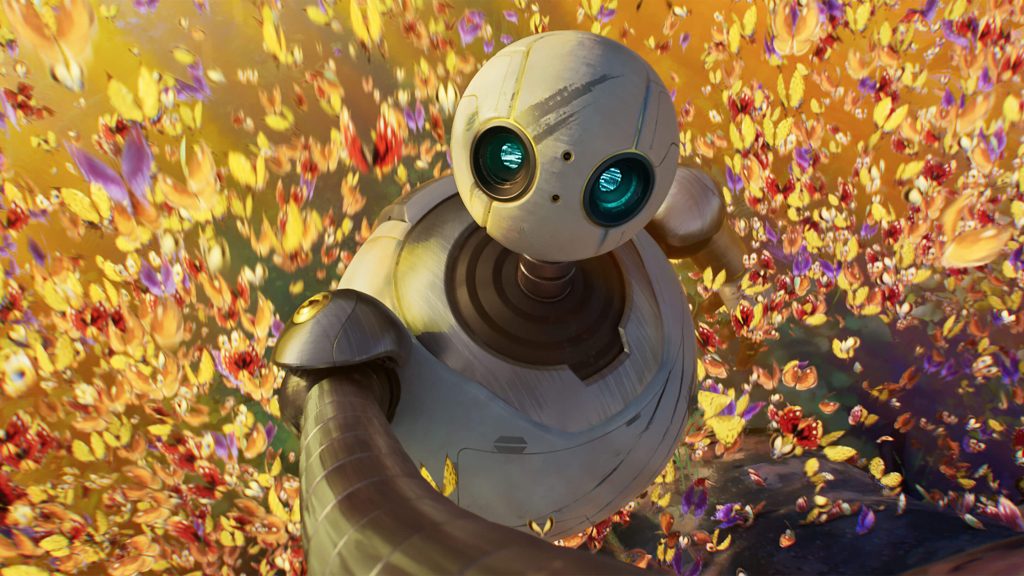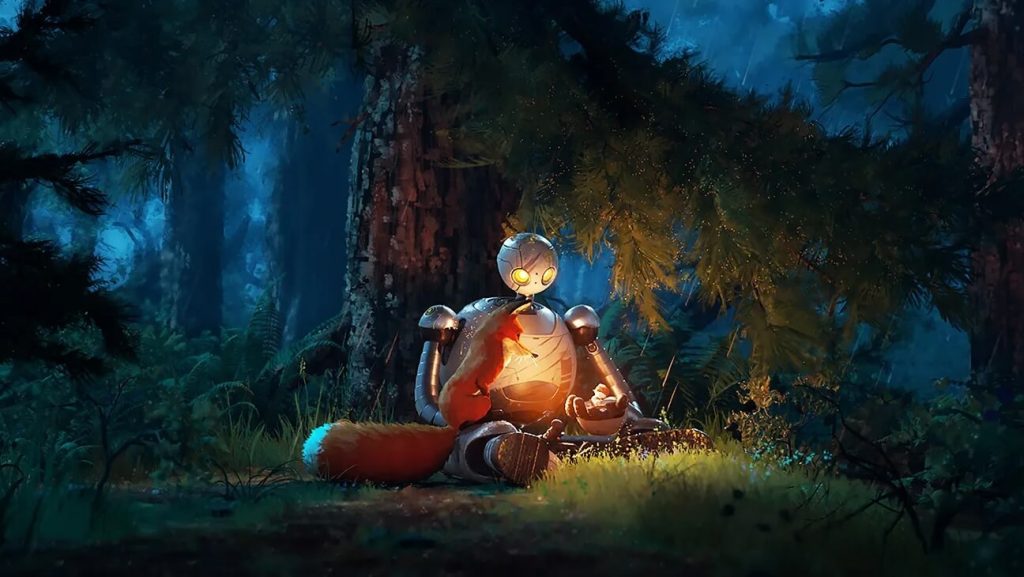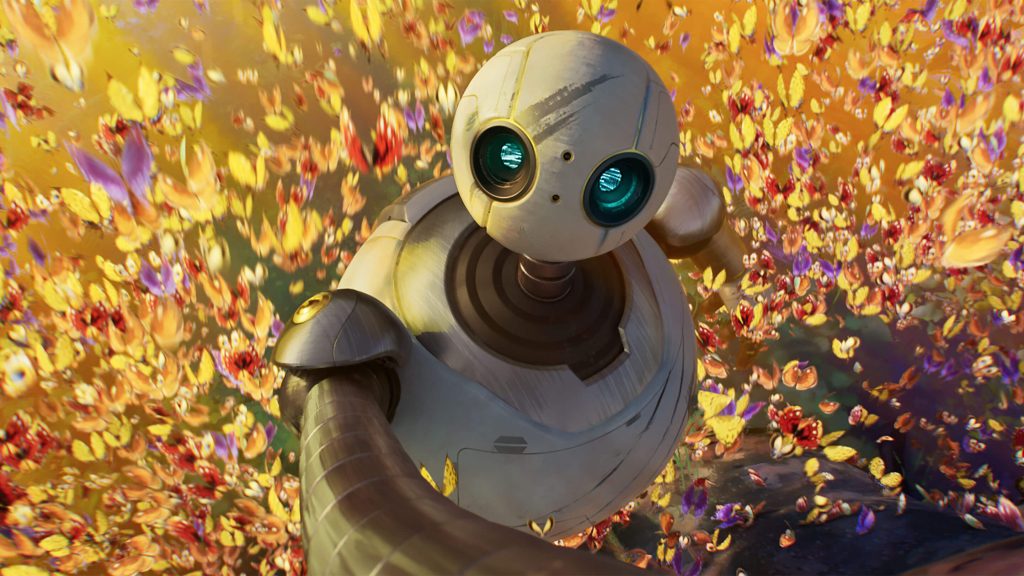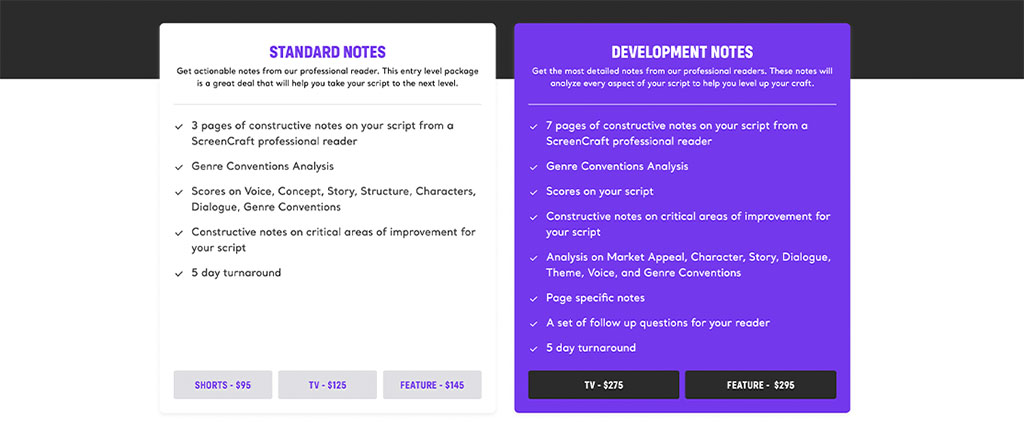In the colorful realm of animated features, kindness often plays a pivotal role, particularly in the enchanting worlds crafted by Chris Sanders. Known for gems like Lilo & Stitch and How to Train Your Dragon, Sanders has a knack for showcasing profound transformations through acts of kindness. But here’s a quirky thought: what happens when the protagonist stands rooted while the environment swirls with change? This intriguing dynamic is at the heart of his latest project, The Wild Robot.
Based on Peter Brown’s celebrated children’s book, this film introduces us to ROZZUM, a humanoid robot voiced by the talented Lupita Nyong’o, who navigates her new life on a vibrant island brimming with wildlife. As ROZ immerses herself in this ecosystem, she unwittingly becomes the catalyst for its transformation. I had the chance to sit down with Sanders and delve into the inspiration behind this project, his guiding principles in screenwriting, and some hard-earned wisdom from his illustrious career. What does a storyteller truly require to breathe life into a captivating narrative? You might be surprised!
Curious to learn more? Check out the full conversation here.
Kindness is at the center of many of Chris Sanders’s animated films. From Lilo & Stitch to How to Train Your Dragon, characters experience the greatest changes through displays of kindness. But what if the main character remains static, while the world around them changes through their actions? This is what makes The Wild Robot stand out as one of Sanders’s most exciting projects to date.
Adapted from Peter Brown’s best-selling children’s book, The Wild Robot follows ROZZUM (voiced by Lupita Nyong’o), a humanoid robot learning to adapt to her new environment on an island filled with diverse wildlife. Through her actions, the world around her begins to change.
Sanders sat down with ScreenCraft to discuss what drew him to adapt this book, the guiding principle behind all of his screenplays, and the lessons he has learned from writing his best-animated features. Check out the interview below:
[embedded content]
Change Is the Key to Adaptations for Chris Sanders
When looking for his next project at DreamWorks, Sanders found himself drawn to The Wild Robot’s themes of kindness and chosen family. These are themes he has explored before, but there was something about ROZ that particularly captivated him.
“She is a character who changes the world around her,” Sanders tells ScreenCraft. “She becomes more dimensional, but I would actually say she doesn’t change because she’s a very powerful character.”
Unlike most films that feature dynamic characters shaped by the world around them, ROZ is a static character. This doesn’t mean she’s flat; rather, she remains the same while the world changes around her due to her actions.
“The very definition of a story is change. It’s either a character changing the world around them, or a character changing through a journey shaped by the world. But she is more stable because her nature doesn’t change. Her voice does, but she transforms the island’s culture—not intentionally, but through the sheer force of her kindness,” Sanders explains.
“Change is everything,” Sanders adds. “A story is change.”
One way Sanders approaches change in his stories is by starting at the end. Knowing the destination helps screenwriters navigate the change: who causes it, and how the story’s world and characters are influenced by it.
[embedded content]
The Guiding Principle Behind The Wild Robot
Adapting any book is tough. How do you condense a full novel or expand a 20-page children’s book into a feature-length story?
Like any story, it all starts with the key ideas that ground the world. Sanders spoke with the book’s author to discuss the core concepts that would thread the screenplay together.
“Peter Brown revealed to us in our very first conversation that the guiding principle on his mind as he wrote the book was the idea that kindness could be a survival skill,” Sanders says. “That really struck me and stayed with me. Cooperation and kindness are powerful things. They’re not weaknesses; they’re great strengths.”
Kindness and cooperation became the guiding principles of The Wild Robot, but there was one other element that initiated a significant change in the story.
“The other key idea in the story is that we may need to change our programming at some point. We’re all creatures of habit. We grow up, learn certain things, and become a certain way. But there will likely be times—maybe more than once—when we need to change that thinking,” Sanders says. “And, again, that’s a strength. I believe being inflexible isn’t always good. It’s okay to bend, change, and learn, and I love that aspect of the story.”
While Sanders wrote solo, as many screenwriters do, he found value in talking with the author of the work he was adapting. Asking questions about why characters are the way they are can help you understand the internal changes or arcs they experience throughout their journey. Even if the characters don’t change, it’s important to understand why they must stay the same.
Understanding each character is crucial to the overall strength of the story and the emotional impact of their journey.
Even if you can’t reach out to the author directly, ScreenCraft is here to help by offering notes and advice on how to strengthen your story. Whether you’re adapting a children’s novel or writing one, ScreenCraft provides insider advice to help you craft the best story possible.
Read More: How Do Screenwriters Know When to Embrace or Reject Notes and Feedback?


‘The Wild Robot’ (2024)
Finding that Universal Touch Point
Many animated films try to find a universal touchpoint that everyone can relate to. Pixar has often spoken about how their best stories come from universally shared experiences. Sanders taps into a similar magic by blending sci-fi with profoundly human emotions.
“I work to not exclude, I never exclude anyone, I never target anyone, but I try to include everyone… does that make sense? Work to not exclude,” Sanders says.
Sanders isn’t concerned that some ideas might not be understood by everyone who watches the film. Instead, he reassures that it’s OK to ask the audience to engage more deeply with the story unfolding before them.
“Tonally, I think making a film is the same as writing for a broad audience. Not everybody has to understand every little thing,” Sanders says. “Sometimes, it’s OK for a kid or even an adult to have to look something up, push themselves, and, you know, reach a little bit.”
Read More: ‘Inside Out 2’ Breaks the Summer Box Office, Proving Story Is Still King


‘The Wild Robot’ (2024)
—
The Wild Robot is one of those animated films that resonates with a wide audience, encouraging us to find beauty in existence and practice kindness as we move through life. The unique animation enhances the beauty of Sanders’s screenplay and the core themes he brought to life from Brown’s children’s book.
Check out more advice from Chris Sanders and his experience adapting The Wild Robot for the screen in ScreenCraft’s exclusive interview above.
The Wild Robot lands in theaters on September 27, 2024.
Read More: The Rise of ‘Cinematic Books’: 5 Publishing Insiders You Should Know About


